New Construction Office Continues Awards Streak with Four Chinese Architectural Golden Stone Awards from Three Construction Projects
Three projects undertaken by the New Construction Office of Public Works Department, Taipei City Government, have now won awards at the “30th Chinese Architectural Golden Stone Award,” often considered as the Oscars of the architectural world. The three projects, “Construction of New General Building at Taipei Municipal Neihu Junior High School,” “Construction of Access Road for National Biotechnology Research Park” and “Package Project for Rebuilding the Superstructure of the River-Crossing Section on Minquan Bridge” garner Golden Stone Award for Excellence in the Public Construction Category (Planning Division). The “Construction of New General Building at Taipei Municipal Neihu Junior High School,” in particular, was given the top prize in the Excellence in the Public Construction Category (Planning Division) of the Golden Stone Award by the judging panel. The awarding ceremony was held at the CPC Taiwan Building at 7PM on the evening of September 28, 2022. The event was attended by Vice President Lai Ching-Te. The planning and design for the “Construction of New General Building at Taipei Municipal Neihu Junior High School” was based on the design motif of “Sun in the Lake.” Various techniques were used to harmonize the building with its environment, improve its ventilation and lighting and create a space with multiple dimensions. The result is an energy-saving green building (a Gold-grade Green Building Candidate Certificate has been obtained) that “make way to the wind.” The project design features two underground public parking levels and three above-ground levels used by the activity center and specialist classrooms. The multi-purpose composite building will satisfy the school’s future requirements and provide parking for the local community. It will become the new hub of the school upon completion. The external appearance of the building uses height variations, curved contours and vertical frames to meld with the surrounding environment. These imbue the building with its own distinct identity and highlights its attributes as a public school building. The configuration of the building volume had to take into account the site’s conditions and environmental constraints. These included an uneven site, road height, the school’s requirements and the nature of the user spaces. Function spaces and the guide, offset, chiaroscuro method were incorporated into unused corners of the site to create charming, orderly spaces and beautify the school environment with greenery. Existing school buildings are connected via a pedestrian bridge to provide barrier-free access and learning space. Light wells are used in the car park to introduce natural light and fresh air. Ventilation shafts that run all the way up to the roof also generate convection flow according to the principle of hotter air rises, direct the air release at the roof, creating a bright, airy and comfortable “breathing” parking space. The construction of an access road for the National Biotechnology Research Park was undertaken to cater for the access requirements of around 2,000 workers once the National Biotechnology Research Park is completed. The access road takes the form of a tunnel that runs from the intersection of Section 7, Zhongxiao E. Rd. and Xingzhong Rd. in Nangang District, passes under the Zhongnan Mountain then emerges at Ln. 130, Sec. 1, Academia Rd. The total length is 824m including 108m of surface road and 716m of tunnel. Separate pedestrian and bicycle lanes were also provided inside the tunnel to support green transportation and increase the willingness of park workers and local residents to cycle to and from the MRT Station. Once the project is complete, residents in Nangang District’s Hengke and Jiuzhuang areas will enjoy better access to the CBD. It will also provide a flood-safe alternate route for people on the south bank of the Shifeng River during typhoons. Other benefits include increased MRT usage and revitalization of local development. The package project for Rebuilding the Superstructure of the River-Crossing Section on Minquan Bridge is akin to conducting a surgical operation on the Minquan Bridge. The joints in the bridge sections over the river have become deformed due to vertical displacement 40 years after its construction. For the sake of public safety, the superstructure will now be removed and rebuilt to ensure the safety of road users crossing the bridge. A detour two-way bridge with the same number of lanes will be built on the north side of Minquan Bridge (downstream side of Keelung River) to reduce the traffic impact during construction. Once traffic has been diverted to the detour bridge, the main bridge will be scheduled for removal. To reduce the empty weight of the bridge and the load on the existing piers, the bridge will be rebuilt with steel beams to provide city residents and road users with a safe traffic environment. To promote an economic circular re-use, the detour bridge will be repurposed as a cross-river scenic and recreation bridge for pedestrians and cyclists. Flood safety will be improved as well. Minquan will be completely transformed once it is completed.
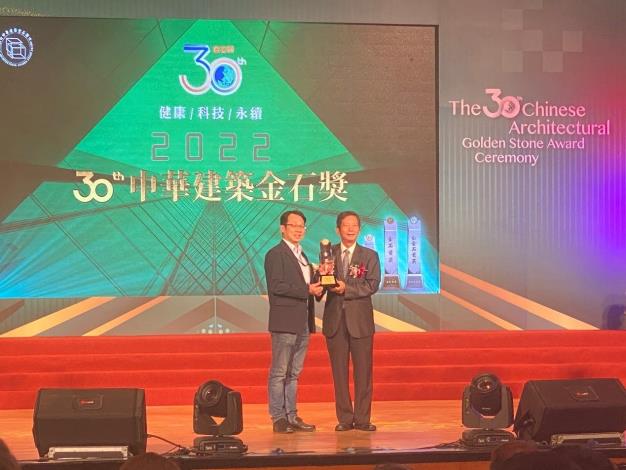
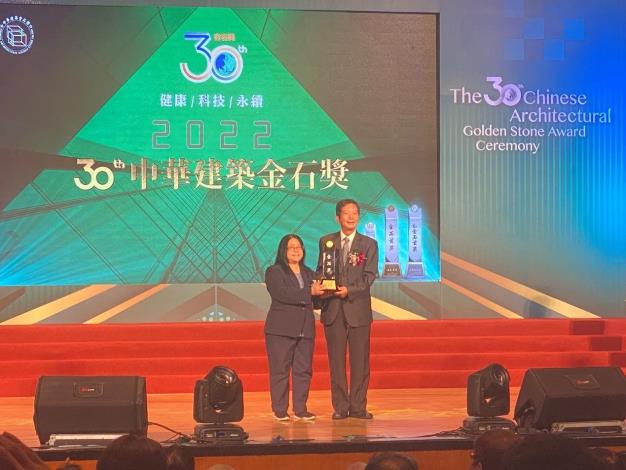
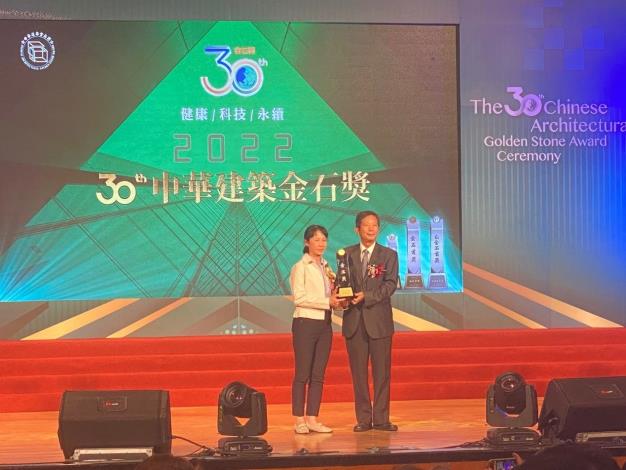
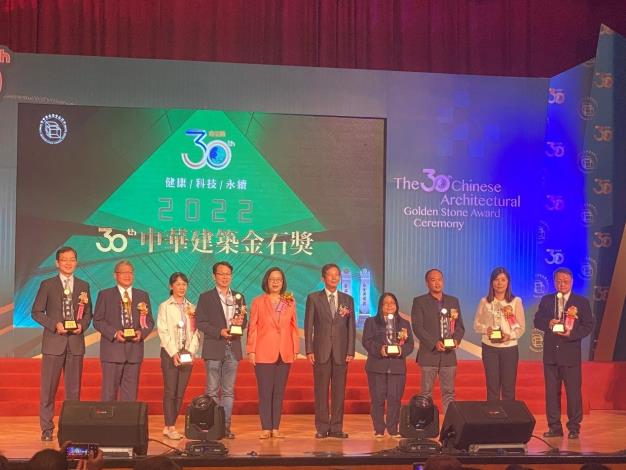
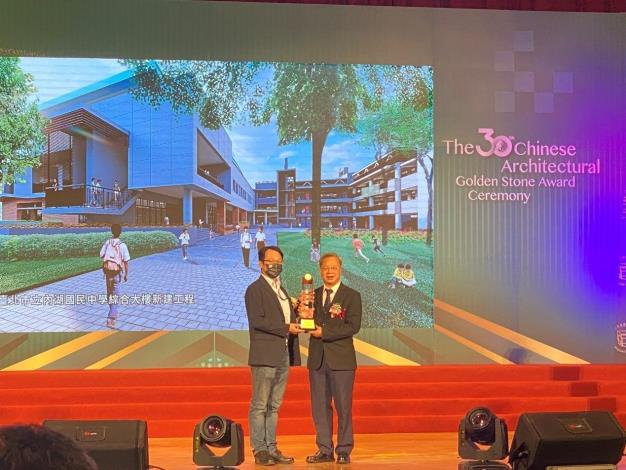
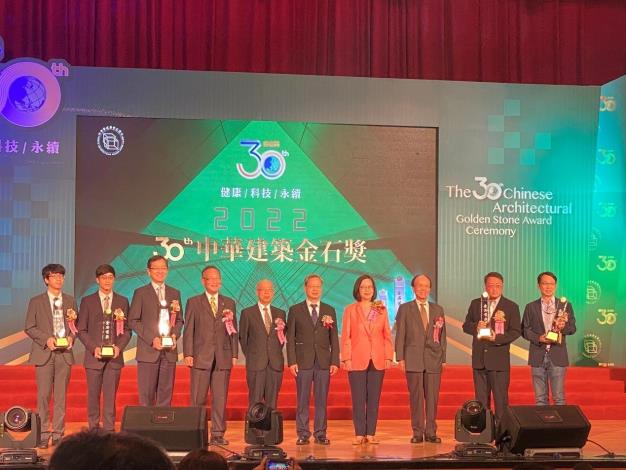
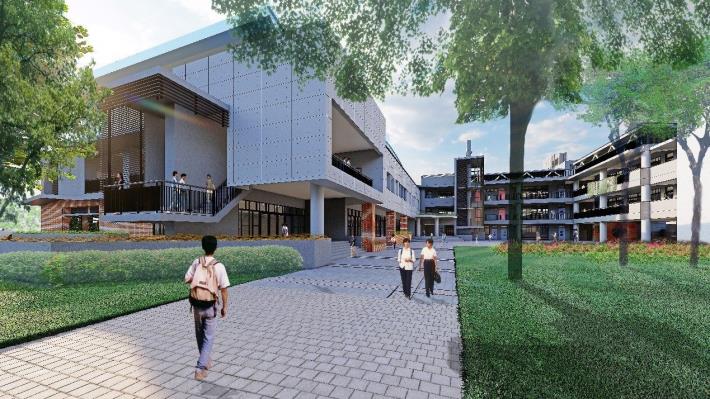

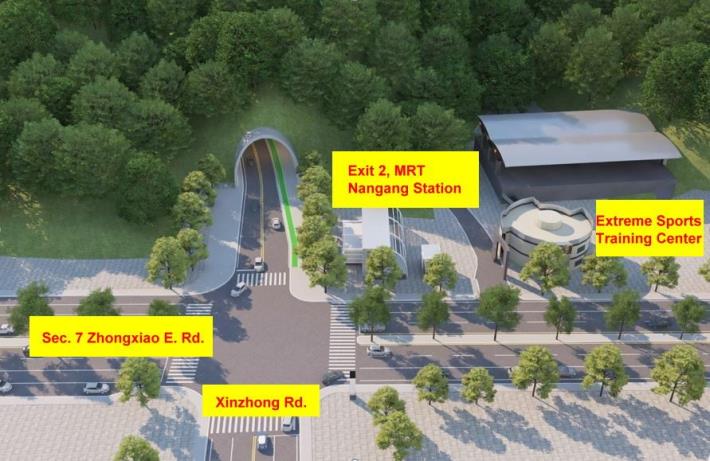
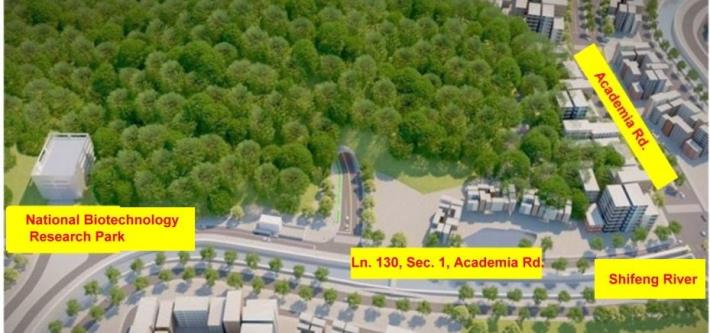
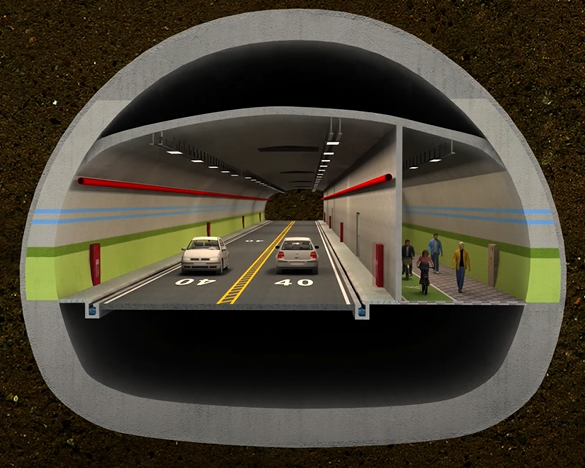
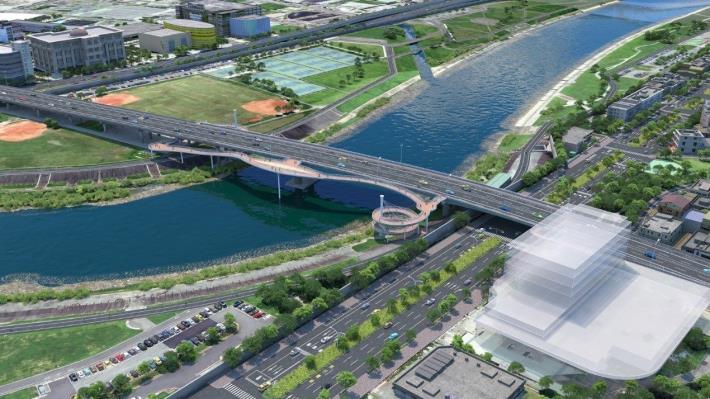
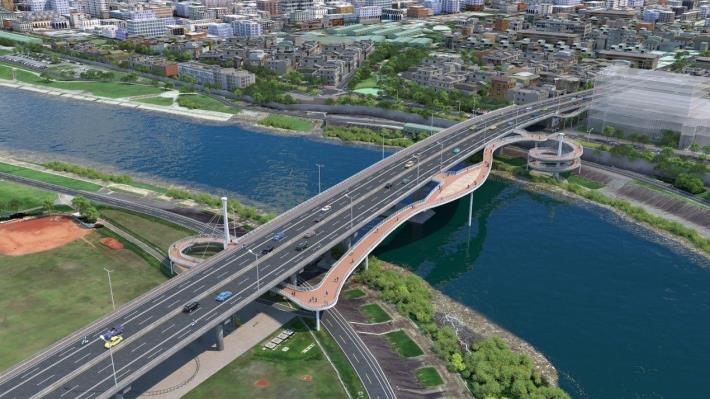

![Taiwan.gov.tw [ open a new window]](/images/egov.png)
